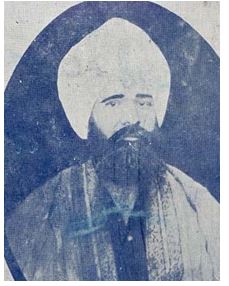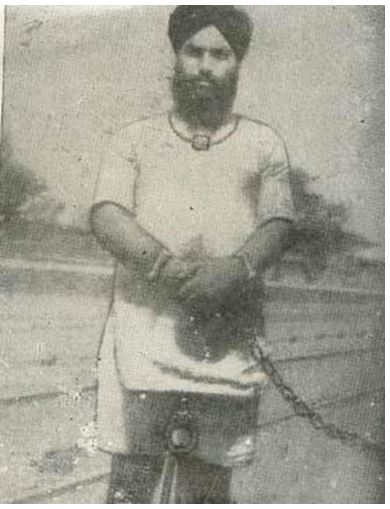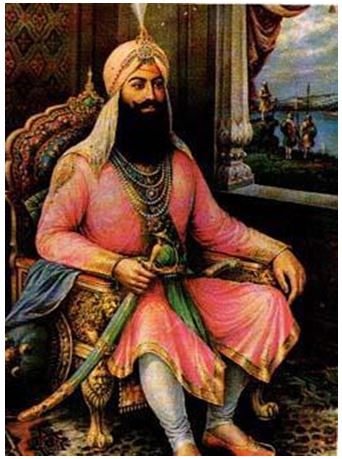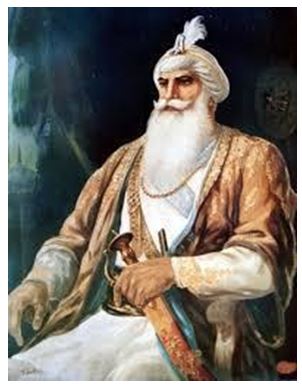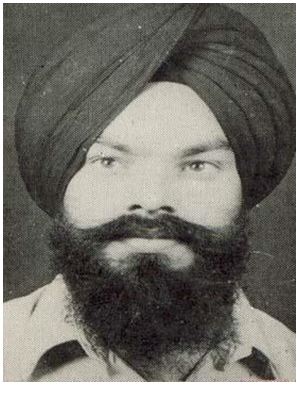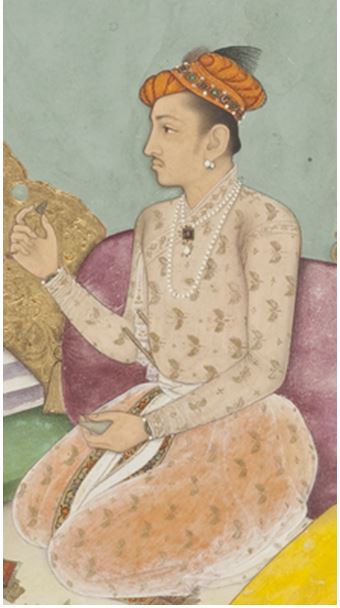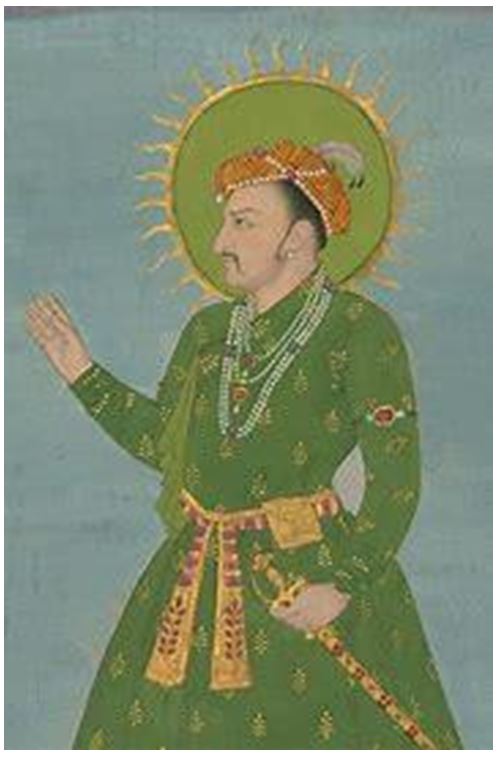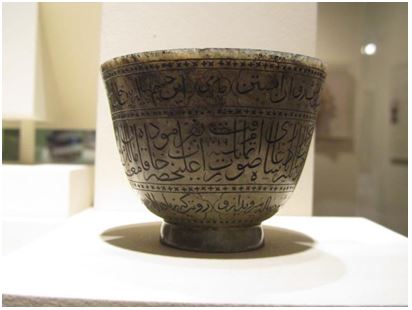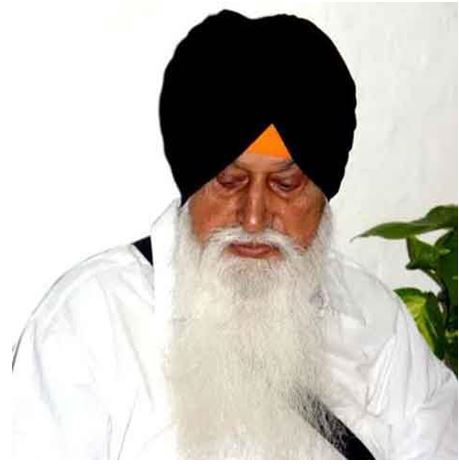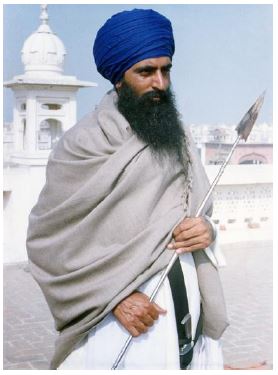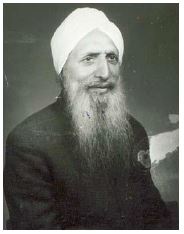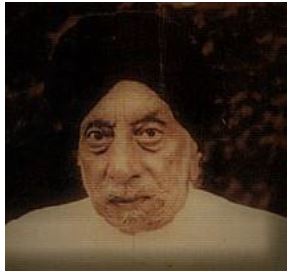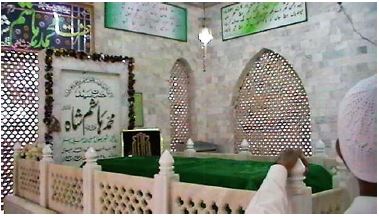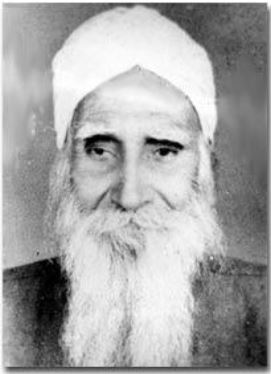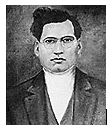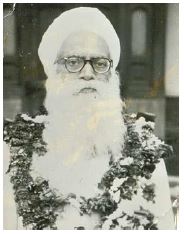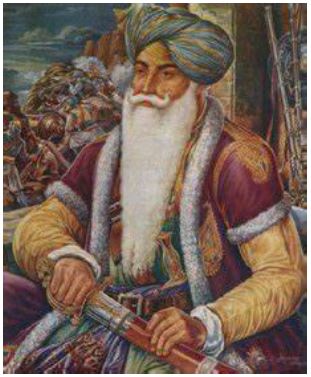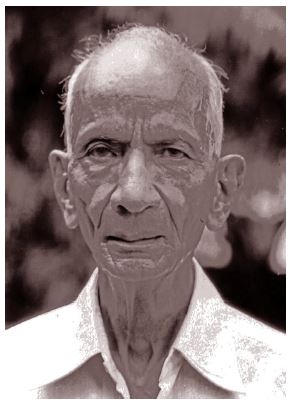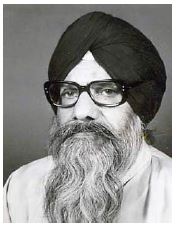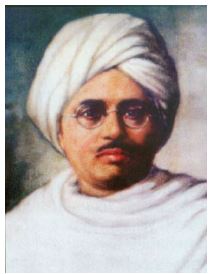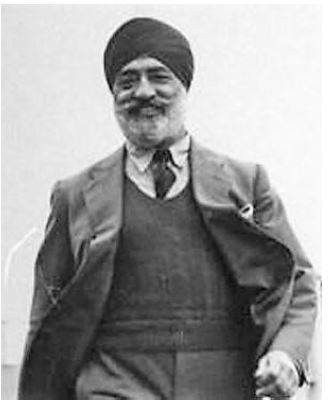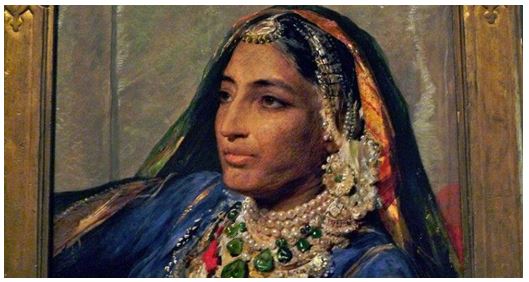
Rani Jindan/Jind Kaur (? – 1.8.1863), daughter of Manna Singh Aulakh (of village Charh, district Sialkot, Pakistan), became the wife of (Maharaja) Ranjit Singh in 1835. On 4th of September 1838, she gave birth to Dalip Singh. At that time she had been staying at Jammu. Maharaja Ranjit Singh died in June 1839. Rani Jinda and prince Dalip Singh came to Lahore in August 1843. On September 18, 1843, Dalip Singh was installed as Maharaja. Since then she began playing very active role in the administration. On the other hand Hira Sinh Dogra (the prime minister) and his right hand Pandit Jalla began behaving arrogantly. They started conspiracies against all the senior courtiers including prince Kashmira Singh, prince Pishaura Singh and Rani Jindan. Hira Sinh deputed Misr Lal Sinh Pandit to keep surveillance of the Rani. At this she sought the help of the army Panchayat. Hira Sinh and Pandit Jalla were killed on December 21, 1844. After this her brother Jawahar Singh became the prime minister. He too began conspiring. He too was killed on September 21, 1845. After this there were still two major traitors at the Lahore Darbar: Gulab Sinh Dogra and Misr Teja Sinh Pandit (the chief of the army ). Their conspiracies led to Anglo-Sikh War and treason of the Dogras and the Pandits, which ended with the victory of the British. With the British Resident at Lahore, the Punjab was, now, virtually a British territory. Rani Jindan tried her best to bring an end to this but she could not succeed. The British too came to know about her activities. She was compelled to surrender her power to a council of ministers appointed by the British Resident. She was given an allowance of rupees 150,000 annual. In August 1847, this allowance was reduced to 48,000 rupees and she was whisked away to Sheikhupura on August 19, 1847. On May 15, 1848, she was sent to Chunar Fort, near Varanasi and her allowance was further reduced to 12,000 rupees (one twelfth of the allowance that she got two years earlier). She was insulted and put under strong guard. On July 14, 1848, her ornaments worth 5 million and 200,000 rupees were confiscated from her. On March 29, 1849, the British annexed the Punjab. On April 6, 1849, she was sent to rigorous imprisonment. Within a week she escaped from the prison and reached Nepal on April 29, 1849. The Nepalese king did not help her. In December Bhai Maharaj too was arrested. By 1856, she had lost all hopes. Later, she surrendered to destiny. Her request to see her son in England was first refused by the British. Finally, on May 4, 1861, she was allowed to proceed to England. She reached London in July 1861 and died there two years later (probably because of slow-poisoning). She was cremated at Bombay. On March 27, 1924, her ashes were brought to Lahore and a Samadh (mausoleum) was constructed near the mausoleum of (Maharaja) Ranjit Singh. To quote Lord Dalhousie, she was “…. the only person of manly understanding in the Punjab.”
(Dr Harjinder Singh Dilgeer)
